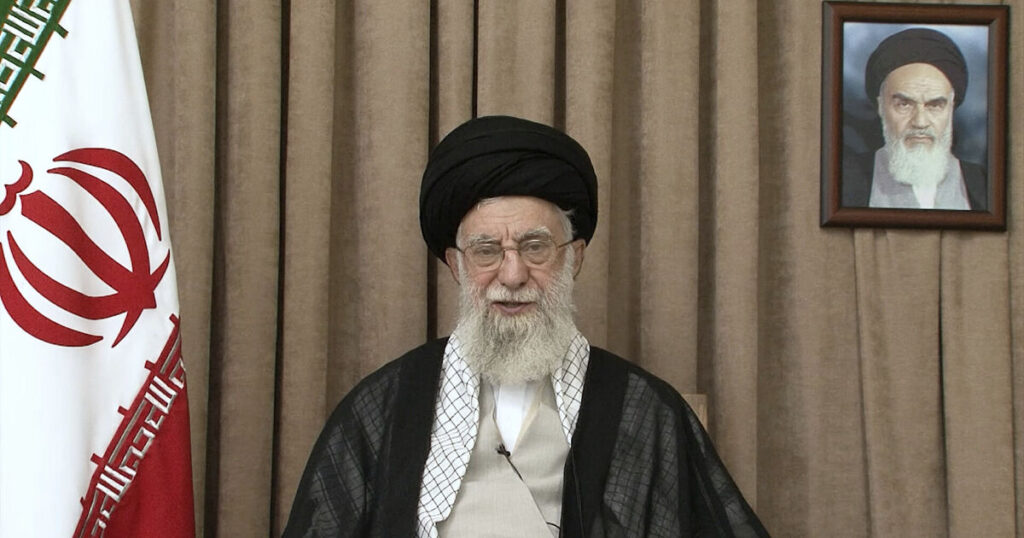Ayatollah Ali Khamenei, Iran’s Supreme Leader, has appeared in public for the first time since the recent 12-day conflict between Israel and Iran. He attended a mourning ceremony marking the eve of Ashoura.
Khamenei’s absence during the conflict had suggested heightened security measures for the Iranian leader, who holds ultimate authority on all state matters.
There was no immediate report regarding any public statements he may have made.
Iran has acknowledged over 900 fatalities and thousands of injuries as a result of the war.
The country has also confirmed substantial damage to its nuclear facilities but has denied UN nuclear watchdog inspectors access to those sites.
Khamenei hosted a commemoration of the 7th-century martyrdom of Hussein, the grandson of the Prophet Mohammed, at a mosque adjacent to his office and residence in Tehran.
Iranian officials, including the Parliament speaker, were in attendance. These events are always heavily guarded.
Shiites, who constitute over 10% of the world’s 1.8 billion Muslims, consider Hussein the legitimate successor to Mohammed.
Hussein’s death in battle against Sunnis at Karbala, south of Baghdad, led to a schism within Islam that continues to shape Shiite identity.
In Iran, a predominantly Shiite nation, red flags symbolizing Hussein’s blood were displayed alongside black funeral tents and attire, representing mourning.
Processions involving chest-beating and self-flagellation demonstrated intense religious fervor.
Some participants sprayed water on the mourners to alleviate the effects of the intense heat.
Israel launched an offensive against Iran on June 13, targeting nuclear sites, defense systems, high-ranking military officials, and atomic scientists.
In response, Iran launched over 550 ballistic missiles at Israel. While most were intercepted, some caused damage in various locations and resulted in 28 deaths.


